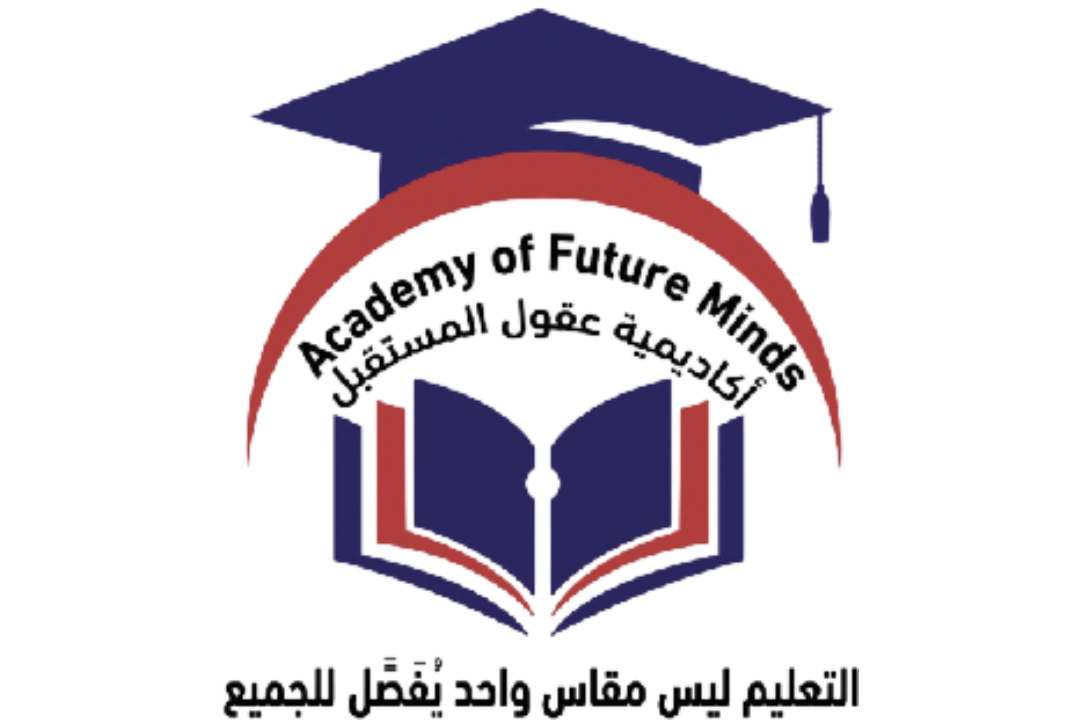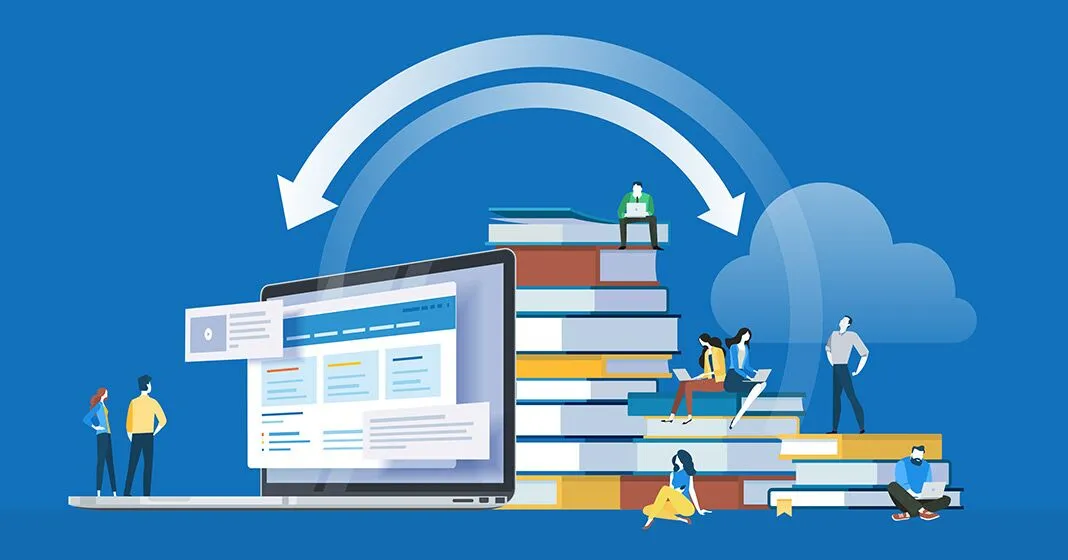What is the concept of traditional learning?
Traditional learning refers to the educational system that takes place inside classroom environments in schools in its commonly known form. It includes a physical structure, with educational environments hosting a group of students from various academic, social, and other backgrounds. The transfer of learning, including knowledge, information, and ideas, is conducted by the educator, who is considered the central figure in the educational process and the primary source of knowledge.
What is the concept of digital learning?
Digital learning refers to the modern educational system that utilizes the internet and modern computers. It is a system that overcomes the challenges and drawbacks of traditional learning.
What is the difference between traditional and digital learning?
Each type of learning has its own set of characteristics, qualities, tools, methods, and educational approaches that distinguish it from other types. The major differences between digital and traditional learning can be summarized as follows: Traditional learning requires students to attend classes daily within the walls of a classroom environment, while digital learning offers education through the internet and various communication channels. Traditional learning provides educational content in the form of printed books and textbooks, while digital learning offers content as electronic books, web materials, and a variety of electronic resources, such as visual and audio materials. In traditional learning, the students’ role is often passive, as they do not participate in the transfer of learning. In contrast, digital learning involves students in the learning process, allowing them to exchange knowledge among themselves. Digital learning can be synchronous or asynchronous, whereas traditional learning requires students to be physically present in the classroom, with the teacher and students together at the same time and place. Traditional learning relies on the use of physical tools and methods.


Leave a Reply